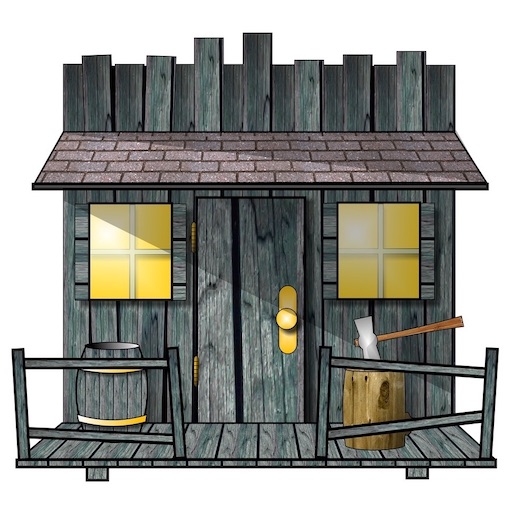I’m in the process of writing a solo campaign for Portuguese Colonial War called “African Tour”. This process has been dragging on for years. Instead of sitting with my computer imagining what might make a good game, I decided to experiment with some of my ideas. So I invited Jamie Wish over, we got out my (previously unused) figures and tried an ambush scenario for Crossfire and my Fogo Cruzado variant.
Despite the scenario design misgivings I had before we started, it was actually a pretty good game. Exciting and novel.














